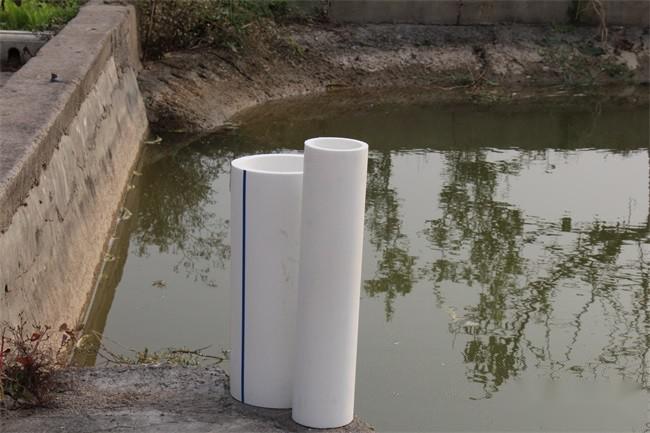
PPR is a random copolymer polypropylene synthesized from (PP and PE) by vapor phase method. Its structural characteristic is that PE molecules are randomly linked within the PP molecules, with a molecular weight ranging from 300,000 to 800,000. The pipes produced from PPR raw materials are also known as random copolymer polypropylene pipes, which were developed and applied in the late 1980s and early 1990s. Due to its excellent performance and wide range of applications, it has secured a place in the plastic pipe market and is recognized as a green and environmentally friendly product.

Product Advantages
PPR pipes have advantages over traditional cast iron pipes, galvanized steel pipes, cement pipes, and other pipelines, including energy and material savings, environmental friendliness, lightweight high strength, corrosion resistance, smooth inner walls that do not accumulate scale, easy installation and maintenance, and long service life.。

Application Fields
1. Cold and hot water systems for buildings, including centralized heating systems;
2. Heating systems within buildings, including floor, wall, and radiant heating systems;
3. Purified water supply systems for direct drinking;
4. Central (centralized) air conditioning systems;
5. Industrial pipeline systems for transporting or discharging chemical media.













